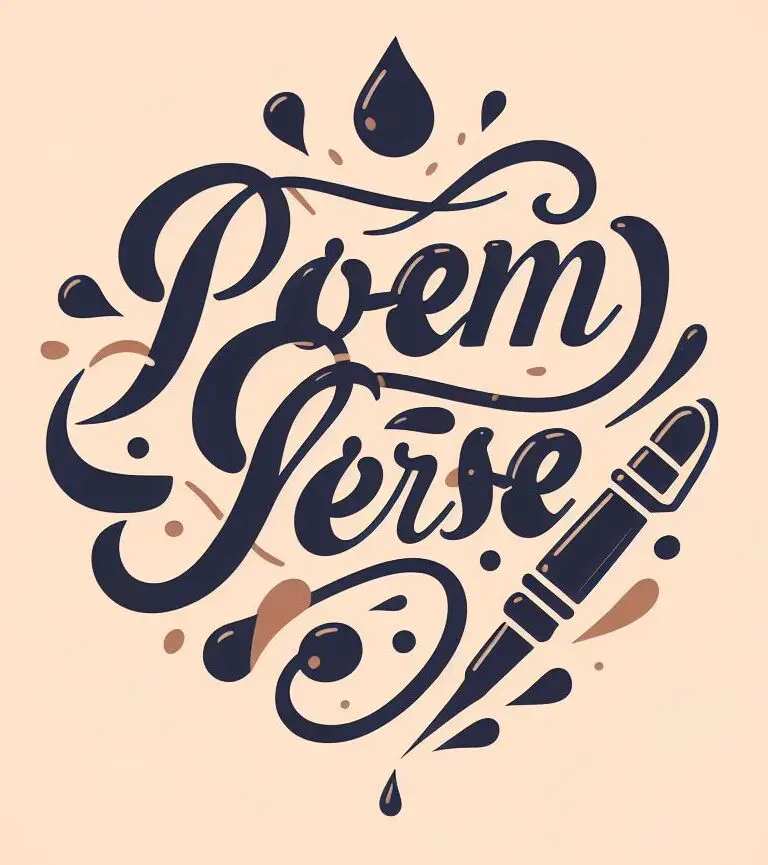Famous Poems About Neighborhood: Celebrating the Beauty of Community
In the realm of poetry, neighborhoods have served as a captivating backdrop for countless verses. Poets throughout history have found inspiration in the familiar sights, sounds, and stories that unfold within the boundaries of their communities. These poems not only capture the essence of a particular place but also highlight the profound impact that neighborhoods can have on our lives. Let us delve into a few famous examples that beautifully encapsulate the spirit of neighborhood.
"Mending Wall" by Robert Frost
One of the most renowned poems exploring the concept of neighborhood is "Mending Wall" by Robert Frost. Published in 1914, this mesmerizing piece delves into the relationship between neighbors and the barriers that both unite and divide them. Frost reflects on the annual ritual of mending a stone wall that separates his land from his neighbor's, pondering the necessity of such divisions. He ponders the significance of walls, questioning whether they truly bring people together or if they merely perpetuate a sense of isolation.
Frost's poignant lines, "Good fences make good neighbors," have become an enduring expression, encapsulating the complexities of neighborly relationships. Through his evocative imagery and thought-provoking questions, Frost invites readers to reflect on the delicate balance between unity and separation within neighborhoods.
"The Bean Eaters" by Gwendolyn Brooks
Gwendolyn Brooks, a renowned poet who often explored themes of race and community, presents us with "The Bean Eaters." Published in 1960, this heartfelt poem portrays an aging couple living in a modest neighborhood. Brooks masterfully paints vivid images of their lives, emphasizing the beauty found in simplicity. Through her precise and tender descriptions, she captures the essence of the couple's enduring love and their profound connection to their neighborhood.
Brooks' poem reminds us that neighborhoods are not merely physical spaces but vibrant communities where lives intertwine, stories are shared, and memories are created. "The Bean Eaters" celebrates the importance of embracing the richness found within our neighborhoods, regardless of their external appearances.
"Incident" by Countee Cullen
Countee Cullen, an influential figure of the Harlem Renaissance, crafted the thought-provoking poem "Incident." Published in 1925, this brief yet powerful piece recounts a childhood encounter in a city neighborhood. Cullen relays the painful experience of being confronted by a white boy who, to his surprise, calls him a racial slur. This poignant moment disrupts the innocence of the narrator's childhood, forever leaving an indelible mark.
Through "Incident," Cullen draws attention to the harsh realities of racism and the impact it can have on the fabric of a neighborhood. The poem serves as a reminder that neighborhoods, while often sources of solace and belonging, can also be spaces where prejudice and discrimination persist. Cullen's work prompts us to confront and challenge these injustices within our own communities.
Poetry offers a unique lens through which we can appreciate the beauty and complexities of our neighborhoods. Through the examples of "Mending Wall," "The Bean Eaters," and "Incident," we have explored the diverse ways in which poets have portrayed the essence of community, unity, and even adversity within these spaces. These poems remind us to cherish our neighborhoods, to mend the walls that divide us, and to cultivate a sense of belonging within our own communities. Let us celebrate the power of poetry to illuminate the richness of our neighborhoods, as we continue to find inspiration in the stories that unfold on our streets.

Entradas Relacionadas